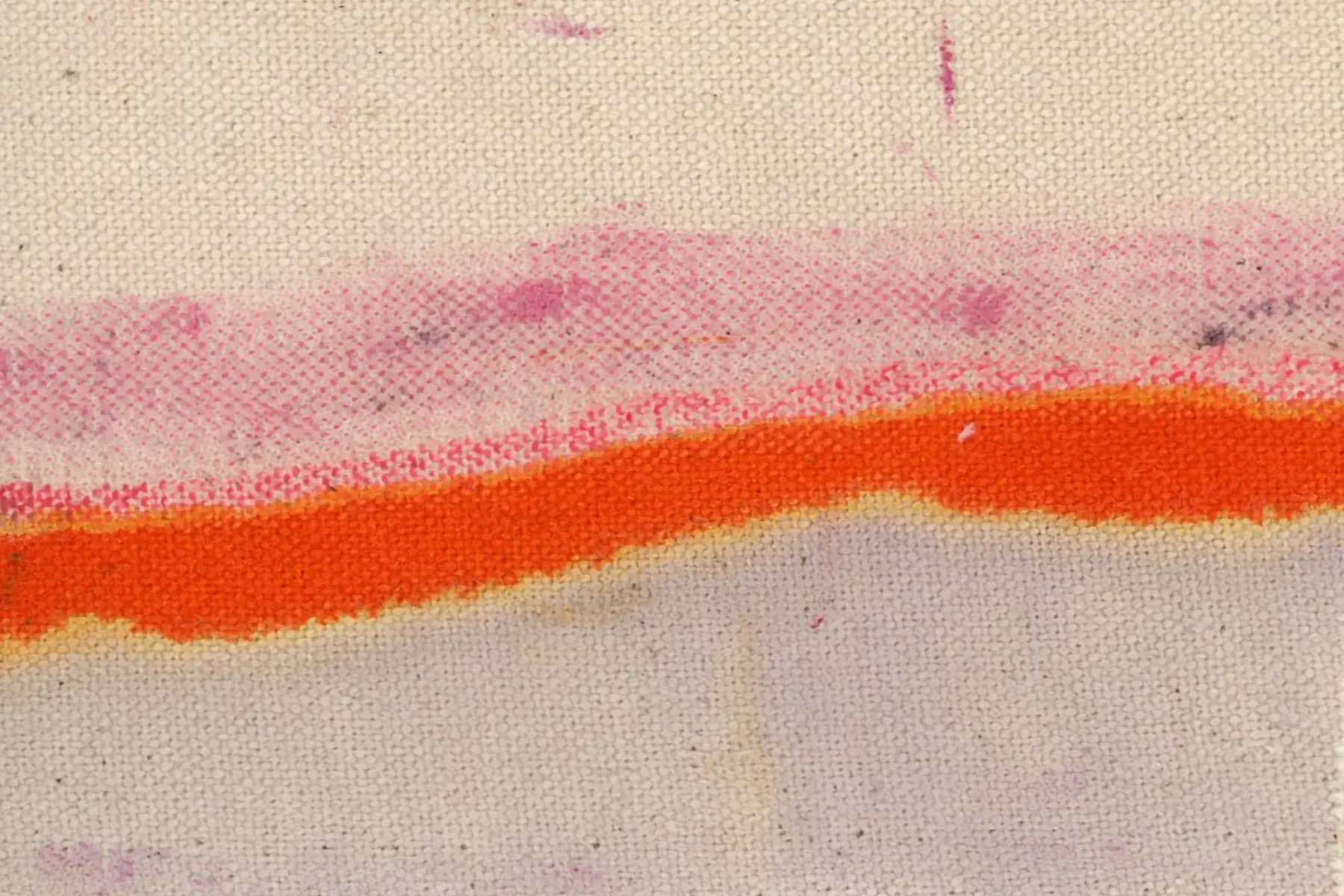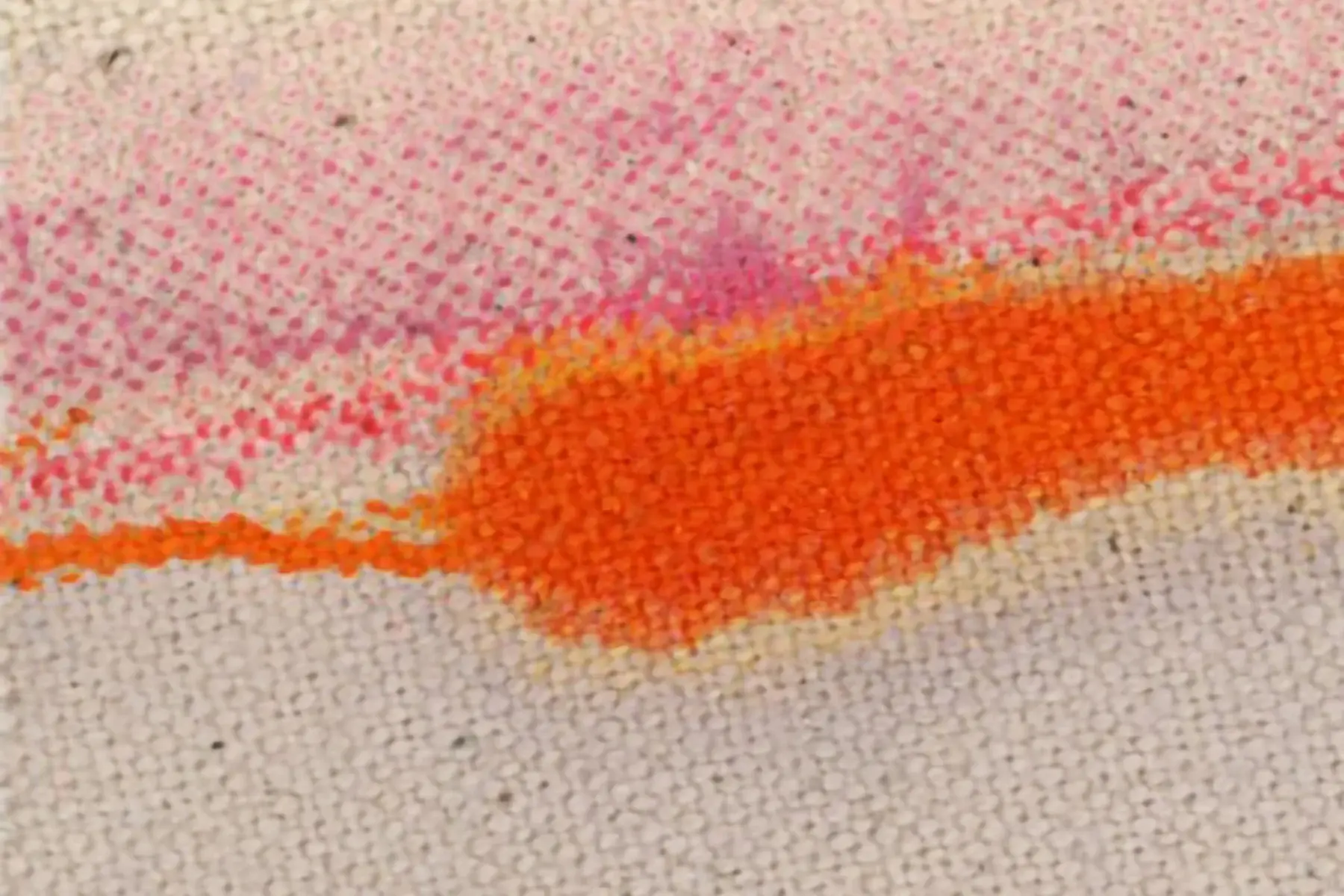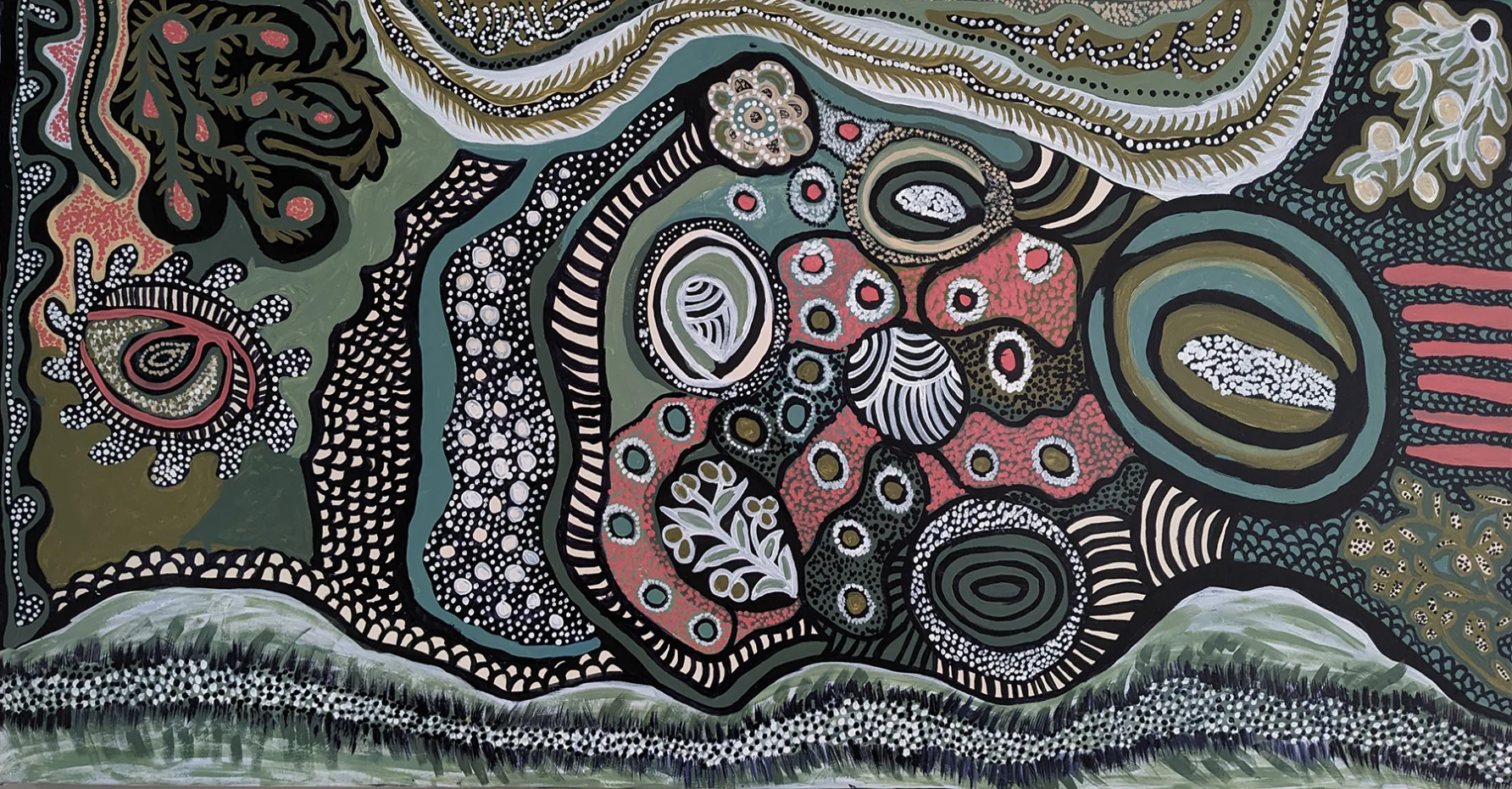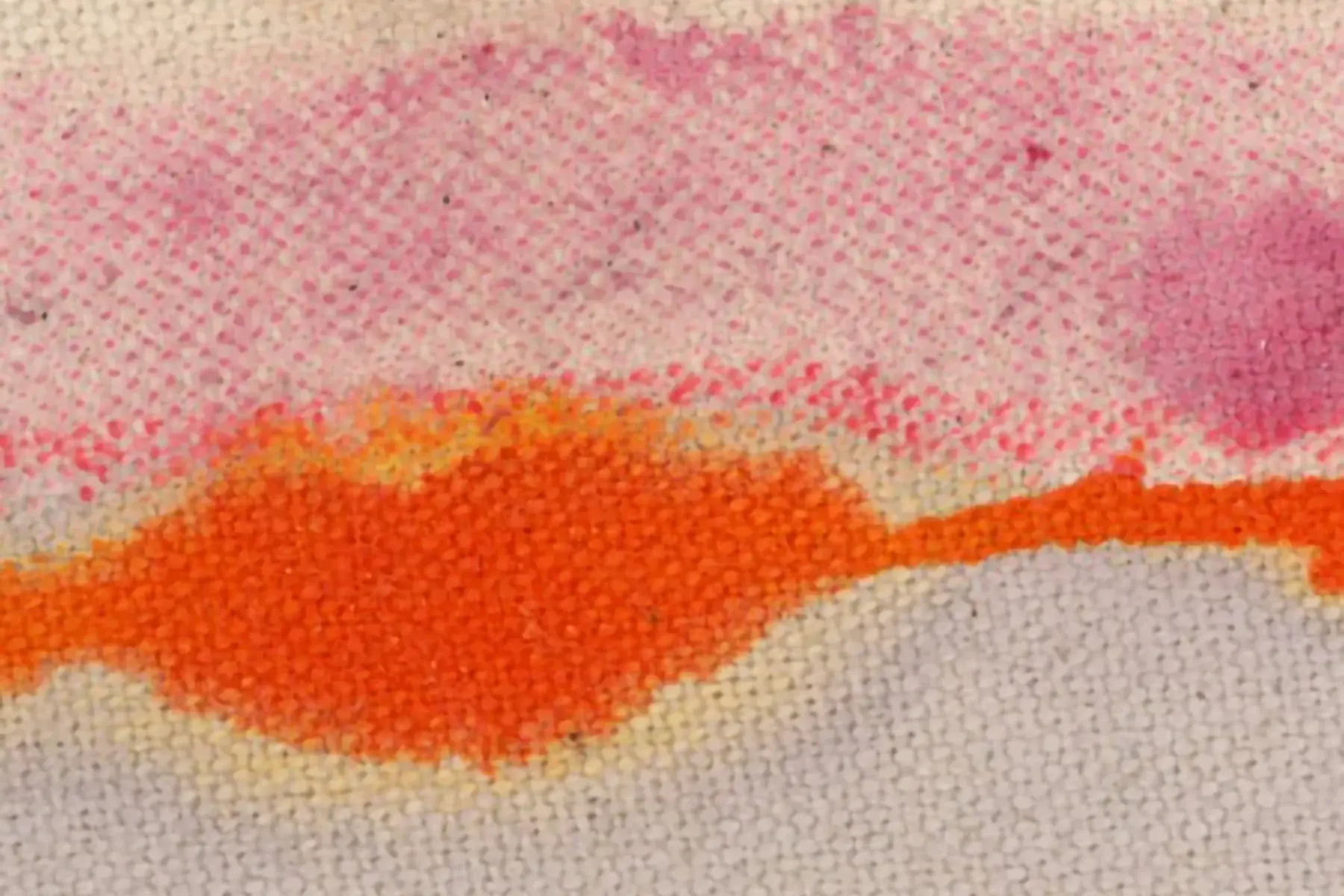
The Boorong pride themselves upon knowing more of astronomy than any other

Research in Indigenous astronomy is not only changing narratives around Aboriginal and Torres Strait Islander knowledge and traditions, it’s changing the history of science
Published 28 May 2024
The study of Indigenous knowledge related to the night sky, and the layers of scientific processes encoded into cultural traditions has become an area of intense academic, educational and public interest over the last twenty years.
Aboriginal and Torres Strait Islander Elders are sharing deep levels of knowledge, revealing complex systems of astronomical observation, noting the mechanics of eclipses, the impact of meteorites, the variability of stars, the movements of the planets, the seasonal shifting of the stars and the sound of aurorae.

Much of this work challenges accepted narratives in public and academic discourse, and reshapes the history and philosophy of sciences.
Today, this work is leading to a constant stream of research outputs and applications, from papers and books, to commemorative coins, star and asteroid names, and major documentaries with the likes of Warwick Thornton, Werner Herzog and Morgan Freeman.
The state of Victoria and the University of Melbourne have long played a key role in the history of Indigenous astronomy research, with connections going back more than 160 years.

The stars are central to Indigenous Knowledges, with the night sky serving as a map, a timepiece, a scientific text, a Law book, a story board, and a memory space.
Elders learn to read the stars to develop seasonal calendars, navigate land and sea, forecast weather, manage land and inform ceremony.
Research at the University of Melbourne is unpacking these layers by collaborating with various Aboriginal and Torres Strait Islander communities, as well as engaging in cross-disciplinary collaborations between physics, psychology, the history and philosophy of science, Indigenous studies, archaeology, landscape design and the fine arts at the University.
This interdisciplinary research is addressing longstanding questions that cross the sciences and humanities.
Collaborative research between cultural astronomy and psychology explains close parallels between groupings and meanings of constellations in cultures separated by space and time. One of the more common examples globally is that of the hunter and seven sisters.
This star cluster of the Pleiades (Seven Sisters) is often described in the traditions Aboriginal cultures as a group of young sisters pursued by the amorous man in the constellation of Orion.

As the stars move diurnally from East to West each night, he pursues the young girls, who ascended into the sky and constantly avoid his advances. Their movements in the sky mark the changing of seasons, the behaviour of animals and the weather patterns that guide plant growth.
Across Australia, astronomical traditions describe a variety of astronomical phenomena, such as the variability of red supergiant stars, the phases of the Moon, and the conjunction of planets.
As Elders across the globe explain, everything in the land is reflected in the sky. As above, so below.
We see that astronomical traditions reflect a rich understanding of the night sky as well as the landscape. This knowledge is not a relic of the ancient past, but a living system of knowledge still in use today.

Health & Medicine
One of the most affecting and unsettling things I have ever seen
Western studies of Aboriginal astronomy trace their beginnings to the work of William Edward Stanbridge, who read a paper to the Philosophical Institute of Victoria in 1857 about the astronomy of the Boorong people of Victoria.
Stanbridge provided a summary of the astronomy of the Boorong people, a clan of the Wergaia-speaking people near Lake Tyrrell in north-western Victoria, as told to him “as nearly as language will allow, word for word”.
The name Boorong means ‘darkness’ and the name of the lake means ‘night sky’, as the salty waters often provide a mirror-like reflection of the stars.
Over the course of a few years, two Boorong men taught Stanbridge a bit about their language, traditions and customs, and their astronomy.
In his 1857 address, Stanbridge stated that “the Boorong tribe, who claim and inhabit the Mallee country in the neighbourhood of Lake Tyrrell… pride themselves upon knowing more of astronomy than any other”.
As part of this extensive work, he published the Boorong names and traditions about the Sun and Moon, planets, numerous stars, constellations, the Milky Way, astronomical phenomena, and even times of the day.
Stanbridge’s work formed a key foundation for Indigenous astronomy research, leading to renewed investigations into cultural astronomy over 150 years later.

One major outcome was research by Duane Hamacher and astronomer David Frew in 2011, who demonstrated conclusively that the Boorong people had witnessed the ‘supernova imposter’ eruption of the luminous blue variable star Eta Carina in the 1840s (dubbed ‘The Great Eruption’).
During this time, the star went from being of relatively low brightness in a densely populated area of the Milky Way to being the second-brightest star in the night sky, before fading completely from view a few years later.
The Boorong observed and incorporated this event into their oral traditions, which currently stands as the only Indigenous record of this transient event anywhere in the world.

Stanbridge died in his early seventies, but had become wealthy due to gold mining royalties from his property in Daylesford, Victoria, a town he helped found.
In his will, he earmarked funds to establish the Florence Stanbridge Scholarship at Trinity College at the University of Melbourne, which is still offered today.
Stanbridge’s research on Boorong astronomy formed the basis of John Morieson’s 1996 Master’s degree thesis at the University, titled ‘The Night Sky of the Boorong’. His thesis formed the foundation of the Melbourne Planetarium show Stories in the Stars: The Night Sky of the Boorong People, which has been shown for over fifteen years.
Representations of Boorong astronomy are included in the logo of the Australian Space Agency, and were the focus of the University-based play Mirror’s Edge by Kim Ho, which won the prestigious Patrick White Playwrights’ Award.
Boorong astronomy is now taught in the undergraduate subject Indigenous Astronomy through the School of Physics, and is included in some of the Indigenous astronomy education modules for the Ngarrngga Project at the University, focusing on the Australian National Curriculum.
This is an edited extract from Dhoombak Goobgoowana – A history of Indigenous Australia and the University of Melbourne – Volume 1: Truth, published by Melbourne University Publishing and edited by Dr Ross Jones, Dr James Waghorne and Professor Marcia Langton. Hard copies are available to purchase, and a free digital copy is available through an open-access portal.




